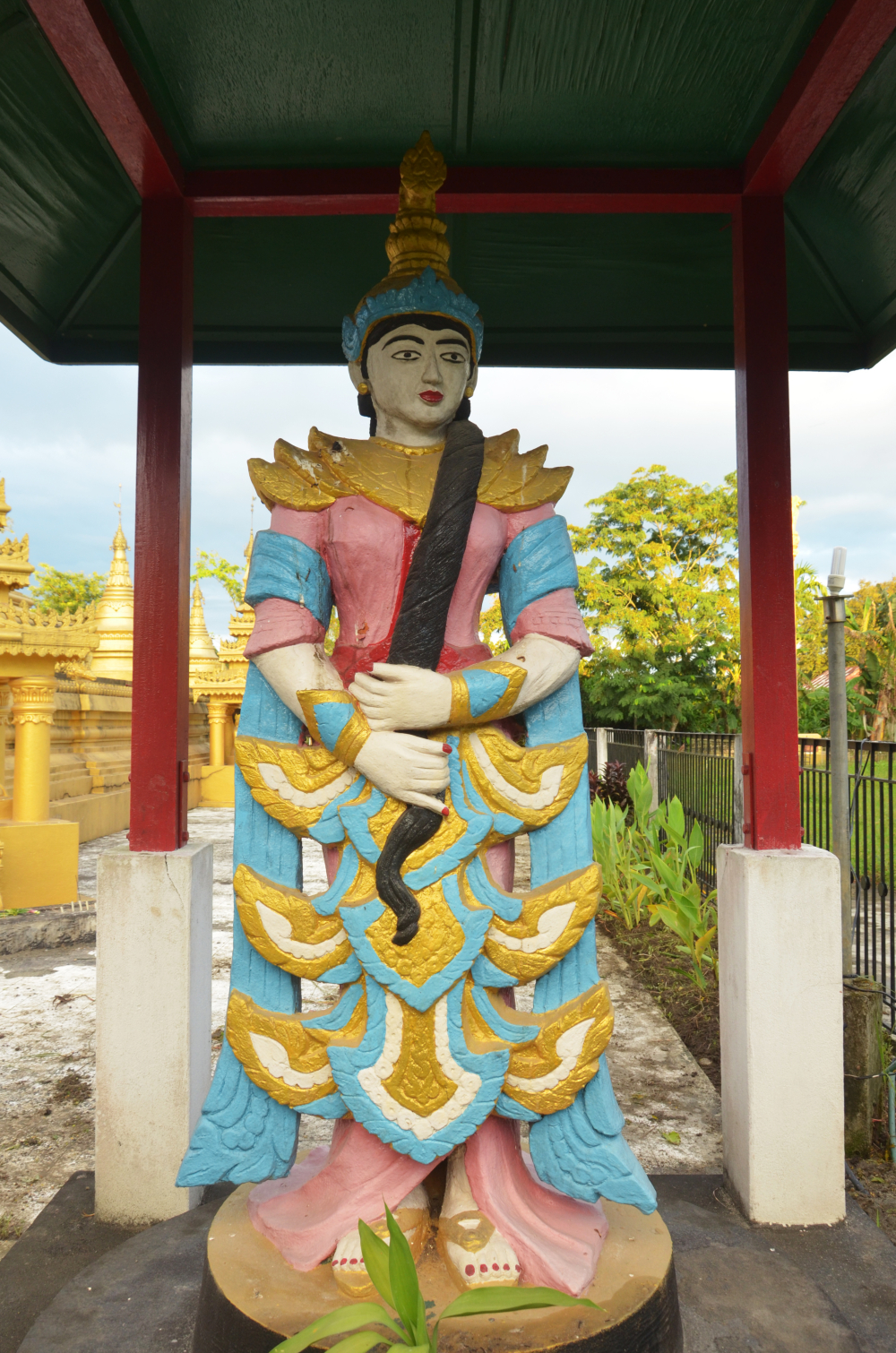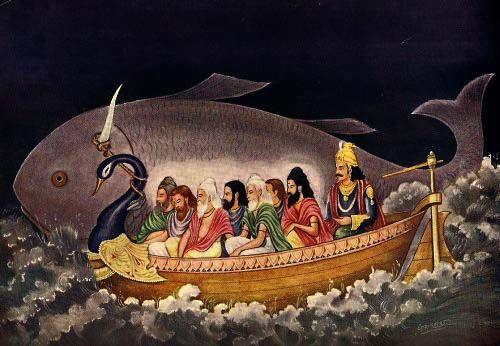In Burmese Buddhism, the water ceremony, called yay zet cha, which involves the ceremonial pouring of water from a glass into a vase, drop by drop, concludes most Buddhist ceremonies including donation celebrations and feasts. This ceremonial libation is done to share the accrued merit with all other living beings in all 31 planes of existence. While the water is poured, a confession of faith, called the hsu taung imaya dhammanu, is recited and led by the monks. Then, the merit is distributed by the donors, called ahmya wei by saying Ahmya ahmya ahmya yu daw mu gya ba gon law three times, with the audience responding thadu, Pali for “well done.” The earth goddess Vasudhara is invoked to witness these meritorious deeds. Afterward, the libated water is poured on soil outside, to return the water to Vasudhara. (from Wikipedia)
Burma; Budhism; Ritual, Ceremony


